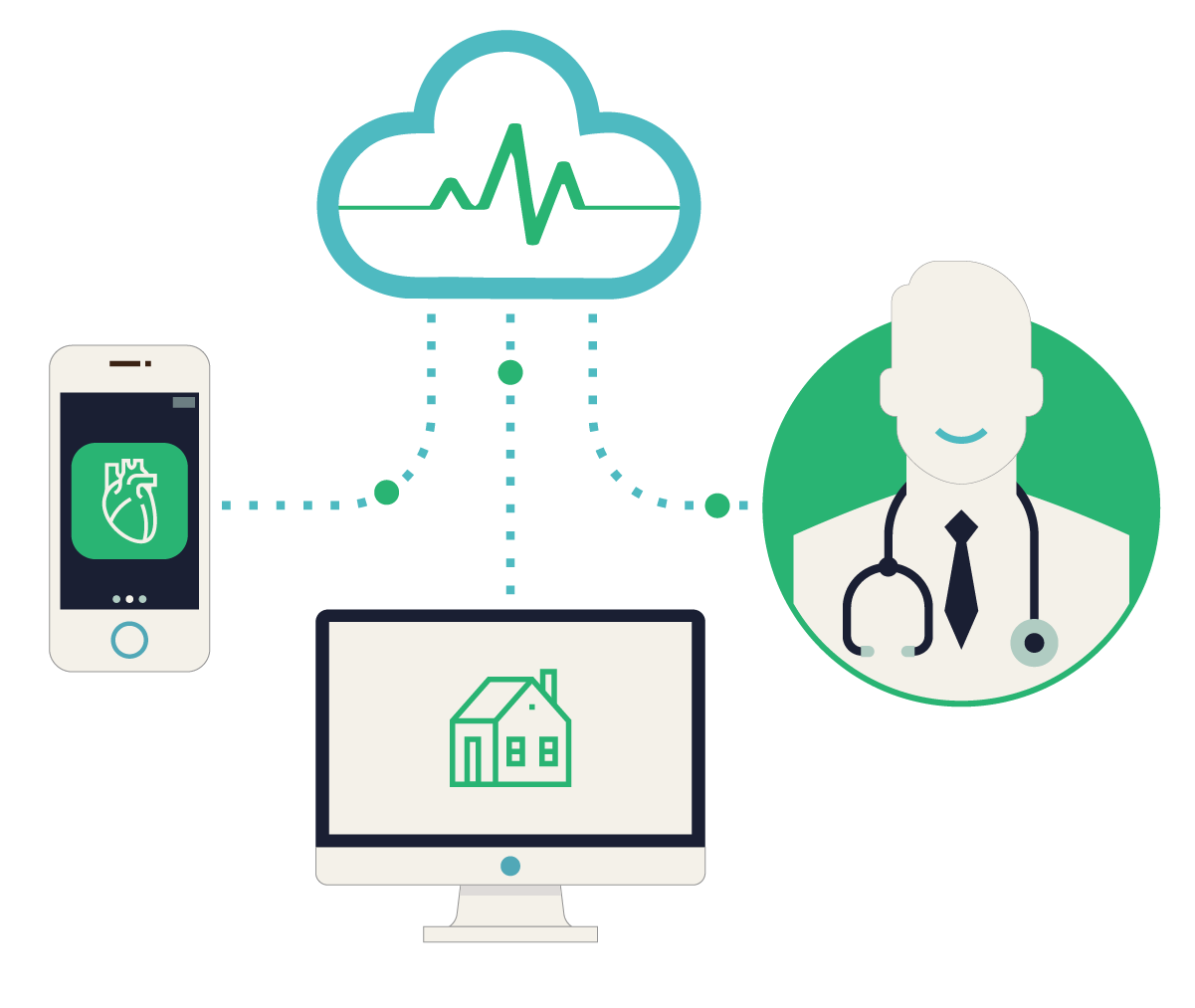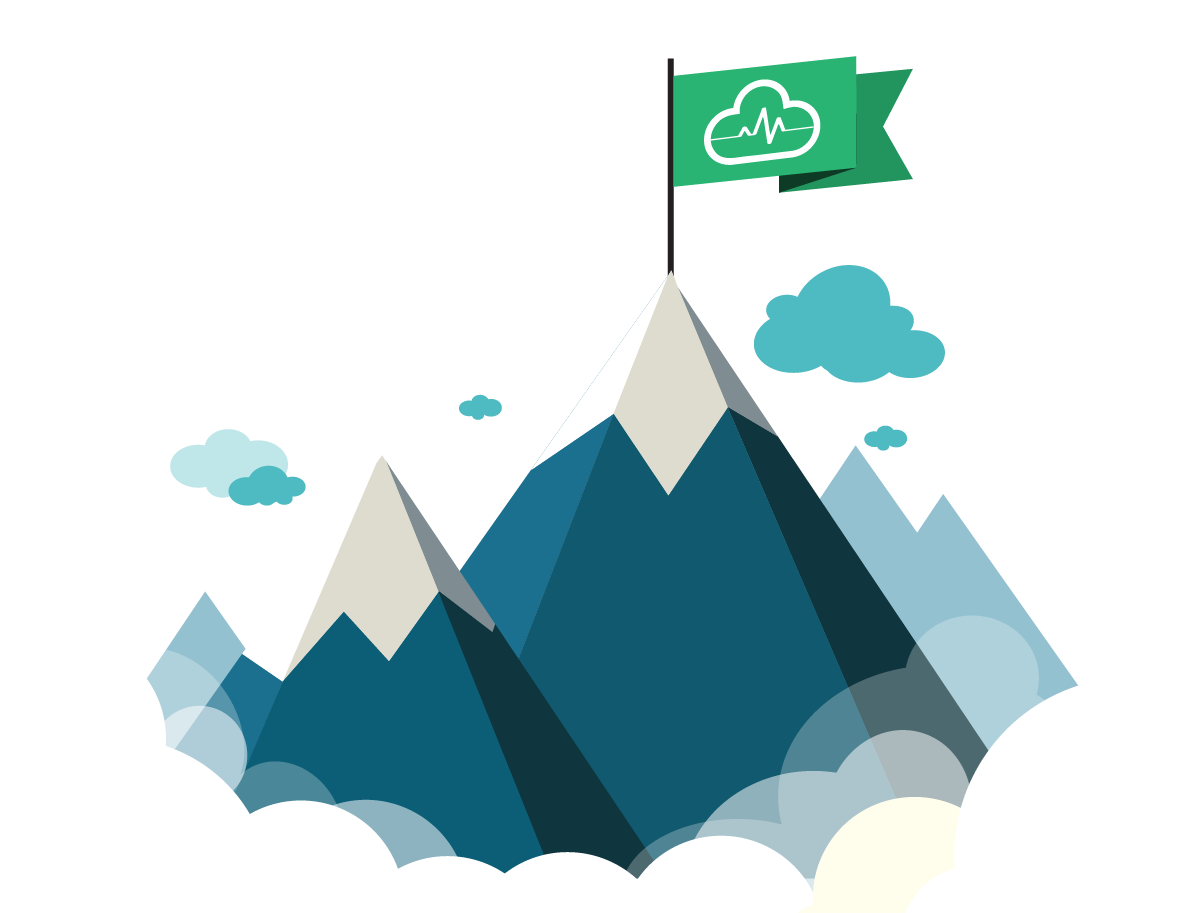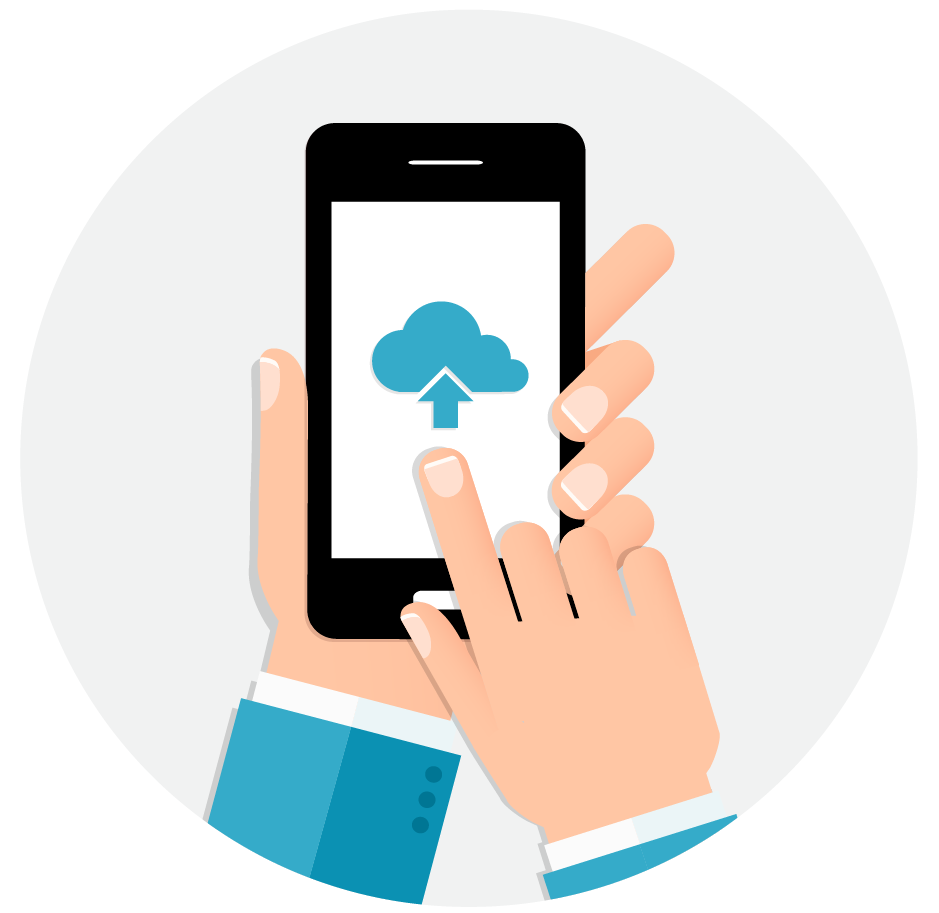
About Us
Cloud Therapeutics designs and develops solutions to connect devices, providers and patients in a seamless care continuum. We help achieve better outcomes by improving the coordination between healthcare providers, patients and their families. Our goal is to deliver a higher level of patient care while also streamlining and reducing the overall cost of care delivery.
We use the full range of wireless and cloud technologies to connect patients, providers and devices in real-time. At the edge of the network, in the patient’s home, whether it’s Wi-Fi, Bluetooth, ZigBee or cellular modem, we choose the technology that best fits the application. We partner with industry-leading carriers and cloud services providers – Azure, Amazon, Verizon and AT&T, among them – to provide a secure, reliable and fault-tolerant network for the most demanding applications.
A Challenging Opportunity
The relentless climb in the cost of healthcare – over $3.5 trillion and almost 20% of this nation’s GDP, is driving the transformation of the healthcare industry and the adoption of new business models, including accountable care organizations, self-funded ACOs, value-based care and shared risk models.
These new models emphasize patient-centered care, which increasingly takes place in the home. This creates an extended and fractured service delivery chain that is a challenge to manage effectively and economically. Much of what goes on in the home is simply unknown. The challenges of this environment are ideally suited to the remote sensing, big data and cloud analytics technologies that collectively make up the Internet of Things.


Providers
For providers, the trends in healthcare mean more pressure to improve efficiencies and more financial risk for patient outcomes. While, at the same time, the move to patients in the home means less control over the course of care. But there is an upside for providers who can get it right. And we can help.
When we collect data, we’re not just adding to the unmanageable mountain of data that’s already out there. We are providing actionable data, just in time, when it matters most. Our systems collect data, analyze it and deliver it in real-time – where and when it’s needed. This means more timely interventions before situations turn critical.
And we’re not just reporting data. We are sending notifications and alerts to doctors, nurses, caregivers and family members, to their mobile devices, laptops and tablets, to give them the opportunity to influence the course of treatment. We are creating the connection between patient and provider for true patient-centered care.
Device Manufacturers
In the newly emerging healthcare paradigm, devices that can’t connect won’t be able to take part in the future of care delivery. On the other hand, manufacturers who build remote connectivity into their devices place themselves firmly on the leading edge of healthcare innovation.
Not only will they add value to their customers, the data they collect includes operating statistics and device diagnostics that are vital for troubleshooting and the key to lowering support costs. With this data, many problems are solved without a field call, and where a field call is necessary, it’s a guarantee that it’s once-and-done.


DME (Durable Medical Equipment)
CMS has had expensive durable medical equipment in their crosshairs for some time. DMEs have had to bear the brunt of their cost-cutting efforts, including competitive bidding, and watch their margins dwindle. Connected devices offer a much more efficient way to manage medical equipment and an opportunity to recoup costs. Real-time data promotes efficiency, control and visibility in every aspect of the supply chain.
The diagnostic data is just as useful to the DME as the manufacturer in reducing field calls as they are often the first line of support, and it is indispensable in supporting warranty claims. The continuous capture of utilization data allows for automated billing and reporting and objective verification for audits.
Client Impact
-
Our CarriersAzure, Amazon, Verizon and AT&T, among them
-
Timely NotificationsSystems collect data, analyze it and deliver it in real-time
-
Managing DataAllows for automated billing and reporting and objective verification for audits.
-
See The ValueData they collected includes operating statistics and device diagnostics.
-
Influencing TreatmentsSending notifications and alerts to doctors, nurses, caregivers and family members
-
Our Key FocusWe emphasize patient-centered care.


